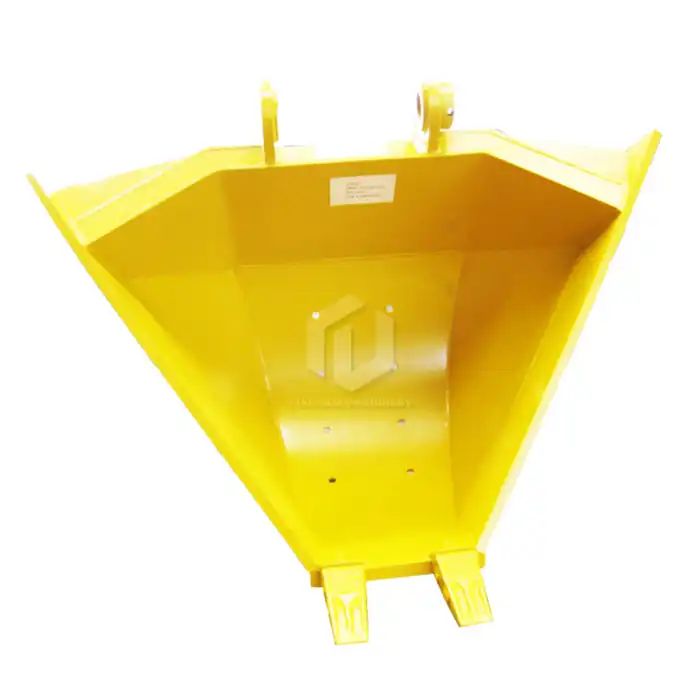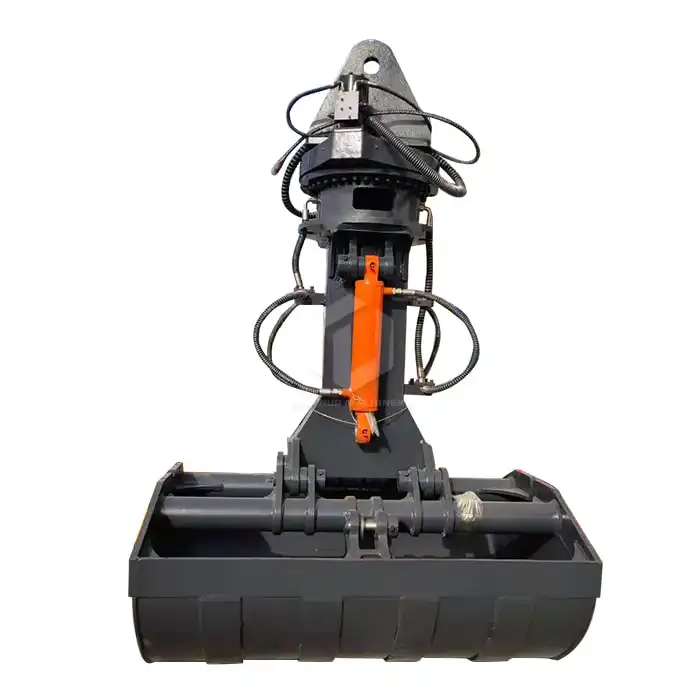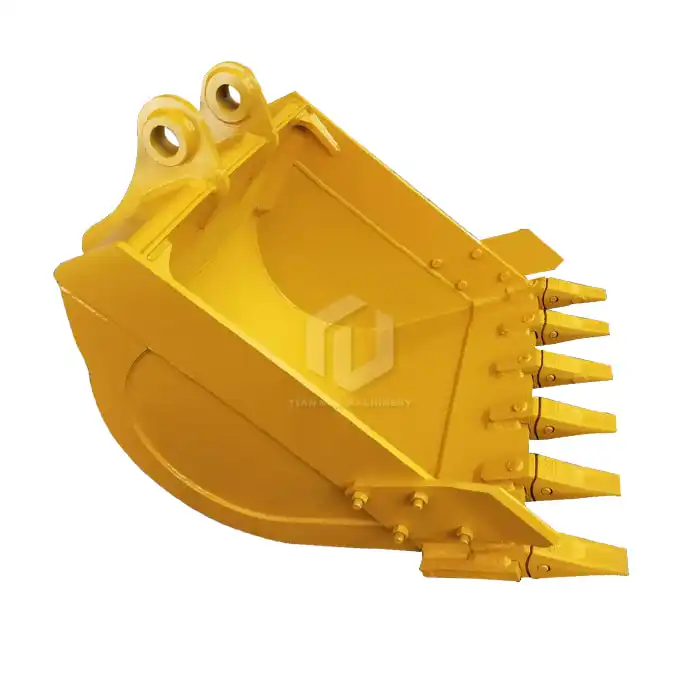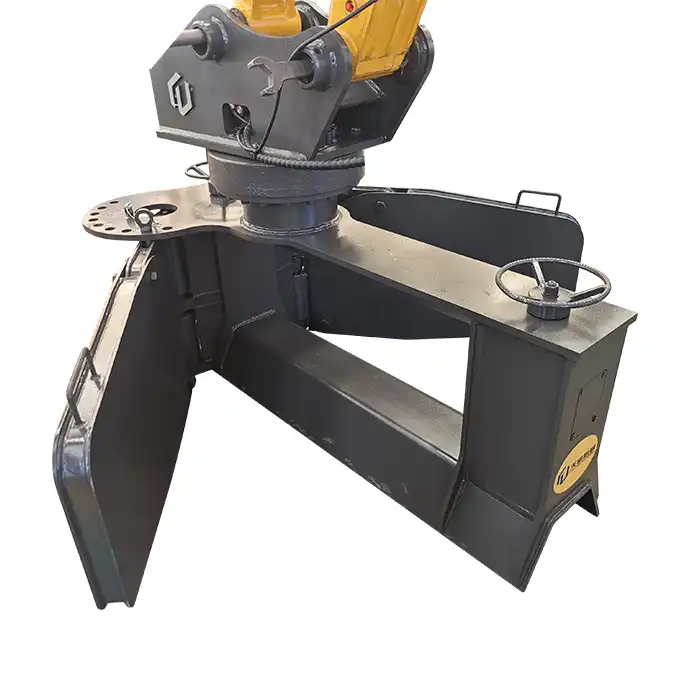What material is standard size excavator boom and arm made of?
Excavators are essential machines in the construction and mining industries, known for their versatility and power. At the heart of these machines are the boom and arm, which play a crucial role in their functionality and performance. Understanding the materials used in standard size excavator boom and arm construction is vital for operators, managers, and industry professionals alike. This article will delve into the common materials used, how material selection affects strength, and the importance of heat treatment in ensuring durability.
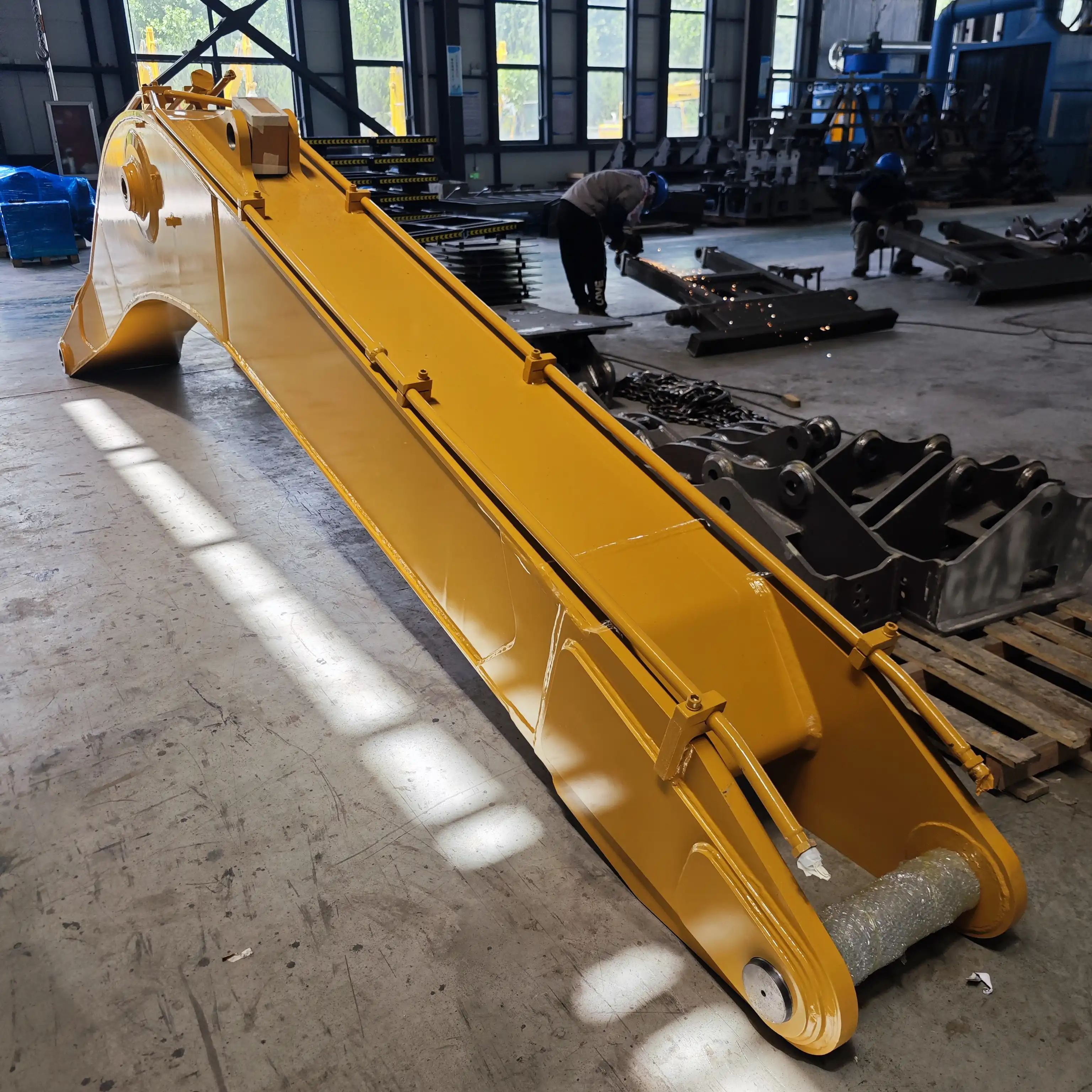
What are the common materials used for excavator booms and arms?
The construction of standard size excavator boom and arm components requires materials that can withstand extreme stress, resist wear and tear, and maintain structural integrity over time. Several materials are commonly used in the manufacturing process, each with its unique properties and advantages.
1. High-Strength Steel: This is the most widely used material for excavator booms and arms. High-strength steel alloys, such as ASTM A514 or equivalent grades, offer an excellent balance of strength, durability, and cost-effectiveness. These steels typically have a yield strength of 690-960 MPa, making them ideal for withstanding the heavy loads and stresses experienced during operation.
2. Quenched and Tempered Steel: This type of steel undergoes a specific heat treatment process to enhance its mechanical properties. Quenching involves rapidly cooling the steel from a high temperature, while tempering involves reheating it to a lower temperature. This process results in a material with improved strength, toughness, and wear resistance, making it suitable for excavator components.
3. High-Tensile Steel: Also known as high-yield steel, this material is characterized by its high tensile strength and yield point. It's often used in the manufacturing of excavator booms and arms due to its ability to withstand significant stress without deforming.
4. Wear-Resistant Steel: Some manufacturers use specialized wear-resistant steel alloys for specific parts of the boom and arm that are subject to high abrasion, such as bucket attachment points. These steels contain higher amounts of carbon and alloying elements like chromium and manganese to improve hardness and wear resistance.
5. Composite Materials: While less common, some modern excavator designs incorporate composite materials, such as carbon fiber-reinforced polymers, in certain parts of the boom and arm. These materials offer high strength-to-weight ratios and corrosion resistance, although they are generally more expensive than traditional steel alloys.
How does material selection affect the strength of an excavator boom and arm?
The choice of material for standard size excavator boom and arm components significantly impacts the overall performance, durability, and efficiency of the machine. Material selection affects several key aspects:
1. Strength-to-Weight Ratio: The ideal material should provide maximum strength while minimizing the overall weight of the boom and arm. High-strength steels and advanced alloys offer excellent strength-to-weight ratios, allowing for longer reach and higher lifting capacities without compromising the machine's stability or fuel efficiency.
2. Fatigue Resistance: Excavator booms and arms are subjected to cyclic loading during operation, which can lead to fatigue failure over time. Materials with high fatigue resistance, such as certain quenched and tempered steels, can significantly extend the service life of these components.
3. Yield Strength: The yield strength of the material determines how much stress it can withstand before permanent deformation occurs. Higher yield strength materials allow for thinner cross-sections in the boom and arm design, reducing weight while maintaining structural integrity.
4. Toughness: The ability of the material to absorb energy and deform plastically without fracturing is crucial for excavator components. Tougher materials can better withstand impact loads and resist crack propagation, enhancing the overall reliability of the boom and arm.
5. Wear Resistance: Materials with high wear resistance can maintain their dimensional stability and structural integrity even under abrasive conditions, reducing the need for frequent repairs or replacements.
6. Corrosion Resistance: Excavators often operate in harsh environments where exposure to moisture, chemicals, and other corrosive elements is common. Materials with good corrosion resistance help maintain the structural integrity of the boom and arm over time, reducing maintenance costs and extending service life.
What is the role of heat treatment in excavator boom and arm durability?
Heat treatment plays a crucial role in enhancing the properties of materials used in standard size excavator boom and arm manufacturing. This process involves heating and cooling the metal in a controlled manner to alter its microstructure and, consequently, its mechanical properties. The following aspects highlight the importance of heat treatment:
1. Strength Enhancement: Heat treatment processes like quenching and tempering can significantly increase the strength of steel alloys. For excavator booms and arms, this translates to improved load-bearing capacity and resistance to deformation under stress.
2. Improved Toughness: Proper heat treatment can enhance the material's toughness, making it more resistant to impact loads and less prone to brittle fracture. This is particularly important for excavator components that may experience sudden impacts during operation.
3. Stress Relief: Heat treatment can be used to relieve internal stresses that may have developed during the manufacturing process, such as welding or forming. This stress relief helps prevent premature failure and improves the overall structural integrity of the boom and arm.
4. Wear Resistance: Certain heat treatment processes, such as case hardening, can create a hard, wear-resistant surface layer while maintaining a tough core. This is particularly beneficial for areas of the boom and arm that are subject to high wear, such as pivot points and attachment interfaces.
5. Fatigue Life Improvement: Heat treatment can optimize the microstructure of the material to enhance its resistance to cyclic loading, thereby improving the fatigue life of the boom and arm components.
6. Dimensional Stability: Proper heat treatment can help minimize distortion and maintain dimensional accuracy of the boom and arm components, ensuring proper fit and function within the excavator assembly.
7. Customization of Properties: Heat treatment allows manufacturers to tailor the material properties to specific requirements of different parts of the boom and arm. For example, certain areas may require higher hardness, while others may need increased ductility.
Tiannuo Standard Size Excavator Boom And Arm
The selection of materials and heat treatment processes for standard size excavator boom and arm components is a critical aspect of excavator design and manufacturing. High-strength steels, advanced alloys, and carefully controlled heat treatment processes contribute to the creation of excavator booms and arms that can withstand the rigorous demands of modern construction and mining operations. As technology advances, we can expect to see further innovations in materials and manufacturing processes, leading to even more efficient, durable, and high-performance excavator components.
Tiannuo Machinery stands at the forefront of this innovation, offering high-quality standard size excavator boom and arm solutions that meet the demanding needs of the industry. With over 10 years of experience, Tiannuo Machinery has established itself as a leading manufacturer and supplier in the field. Their products, made from high-strength steel, offer impressive specifications including a maximum reach of up to 15 meters and a lifting capacity of up to 30 tons. Compatible with all major excavator brands and offering customization options, Tiannuo Machinery provides versatile solutions for various operational needs.
If you're in the market for a reliable standard size excavator boom and arms manufacturer, we invite you to experience the Tiannuo difference. For more information or to discuss your specific requirements, please don't hesitate to contact our team. Reach out to our manager at arm@stnd-machinery.com, or connect with our team members at rich@stnd-machinery.com and tn@stnd-machinery.com. Let Tiannuo Machinery be your partner in enhancing your excavator's performance and durability.
References:
- ASTM International. (2018). ASTM A514 / A514M-18 Standard Specification for High-Yield-Strength, Quenched and Tempered Alloy Steel Plate, Suitable for Welding.
- ASM International. (2013). ASM Handbook, Volume 4A: Steel Heat Treating Fundamentals and Processes.
- Callister, W. D., & Rethwisch, D. G. (2018). Materials Science and Engineering: An Introduction, 10th Edition. Wiley.
- Zum Gahr, K. H. (1987). Microstructure and Wear of Materials. Elsevier.
- Chawla, K. K. (2012). Composite Materials: Science and Engineering. Springer.
- Ashby, M. F. (2011). Materials Selection in Mechanical Design. Butterworth-Heinemann.

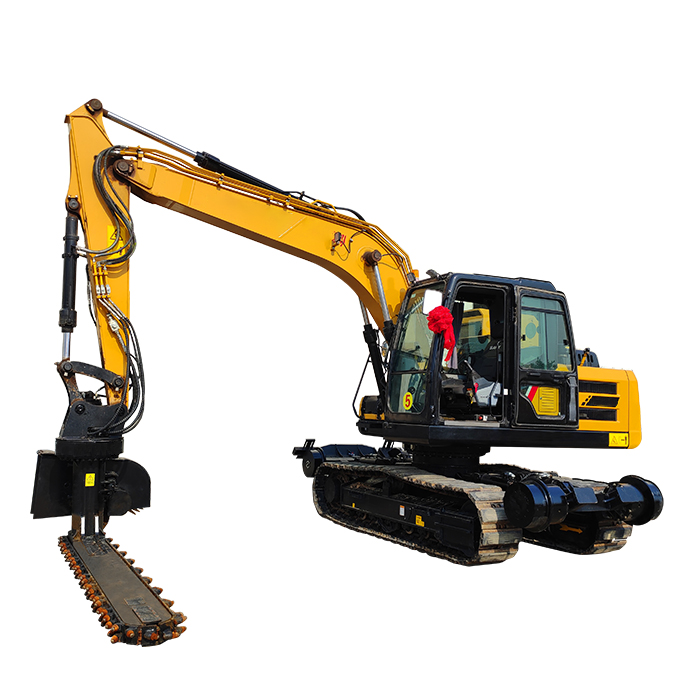
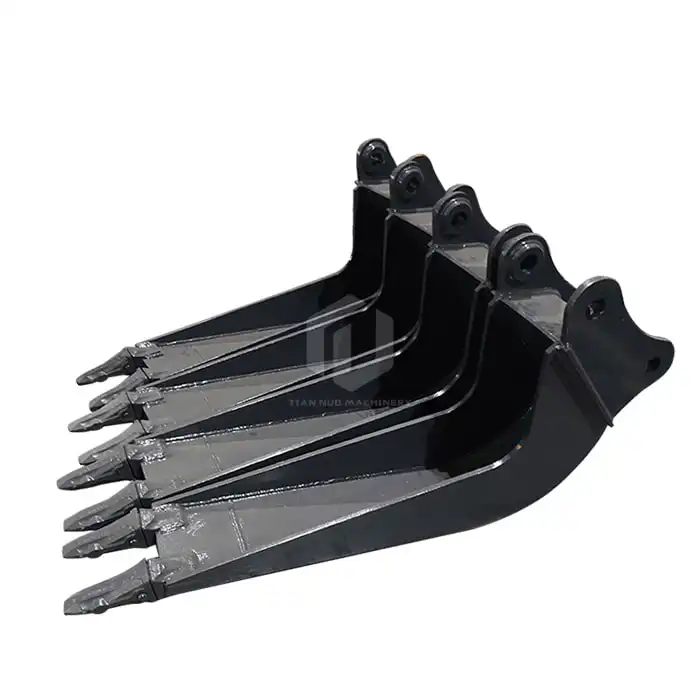
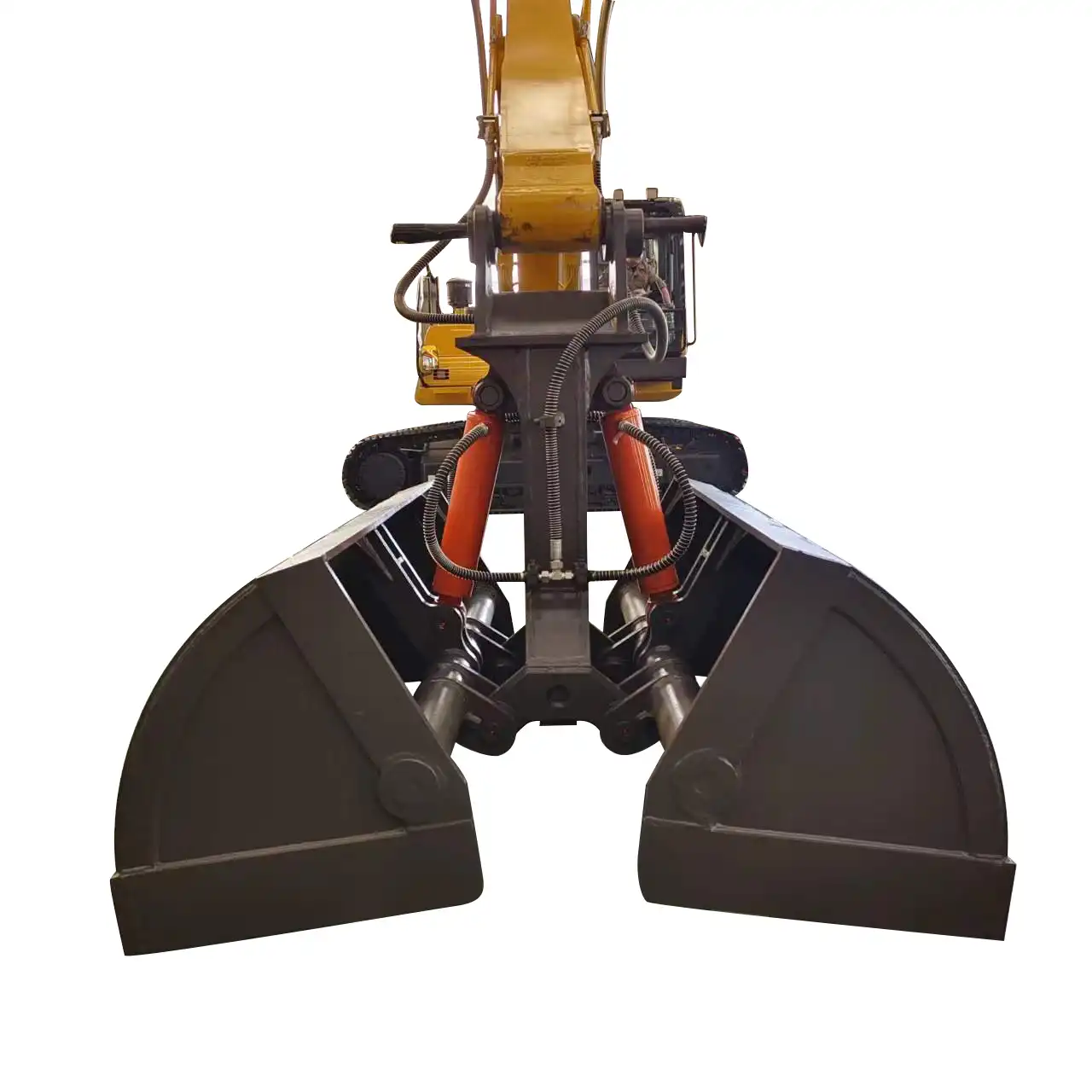
_1733877348138.jpg)
